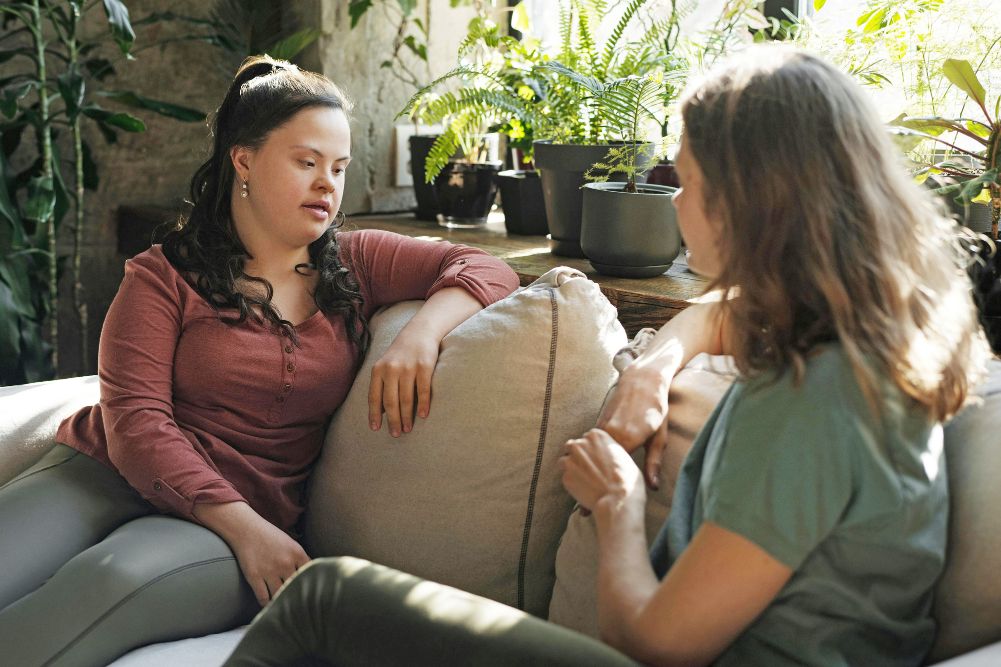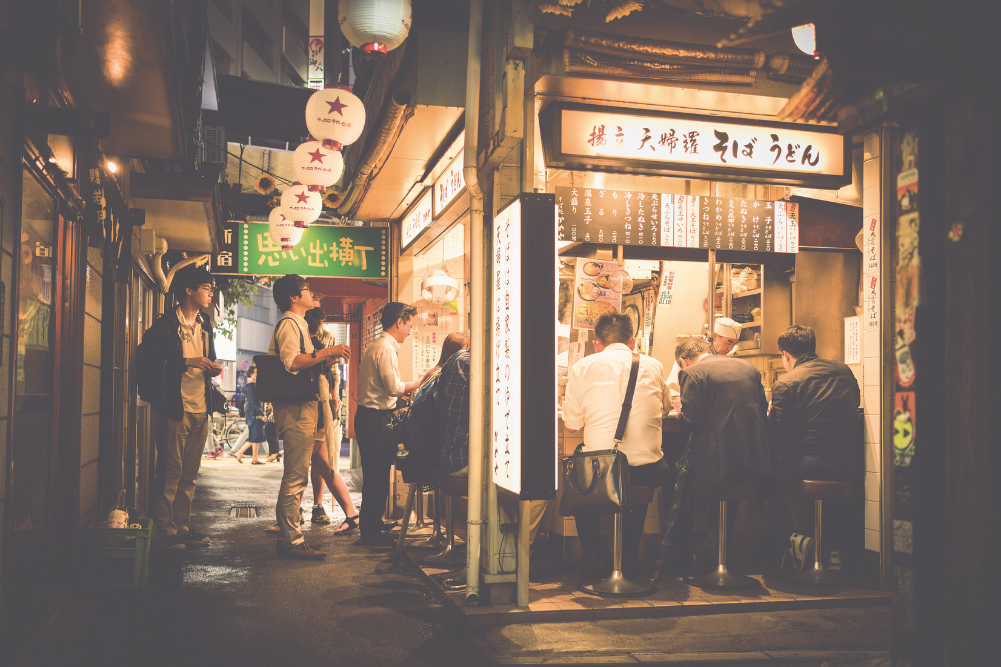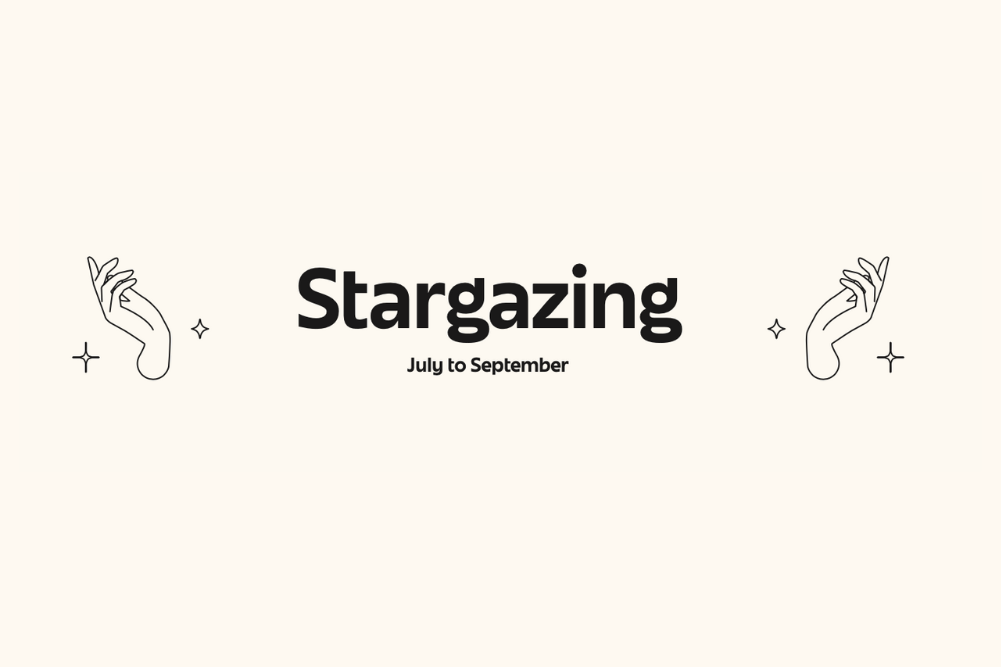The little things
By using mindfulness to awaken to each moment — even the harder ones — we can extract the greatest amount of joy from life.
Leaning into moments of gratitude to bring us into presence can allow us to spend more time enjoying the spectrum of little things — the small moments — and, in doing so, extracting the greatest amount of joy from life.
The first word in Patanjali’s Yoga Sutras is “atha”, which means “now”. I love this as it calls us to attention, in this actual moment. It reminds us that no matter how many times we move away from presence and find ourselves distracted in our mind stream, we can always begin again — now. The very moment that allows us to be fully awake, to step out from the trance and remember we are alive and to experience life as it is. If we learn to awaken to each moment, even the harder ones, we can extract the greatest enjoyment from life that is possible, even when things go dark.
The power of paying attention
One of the easiest ways to narrow our focus is to notice the little things — to begin to find the extraordinary in ordinary moments and to allow these moments to be savoured. As mindfulness teacher Jon Kabat-Zinn says, “The little things? The little moments? They aren’t little.” Often, it’s the little moments during our day that make up the most nourishing aspects of it. By being fully awake to these, it enables us to enjoy them thoroughly.
It may be the sound of a bird, the wind in the trees, the hum of an office. It could be the smell of a coffee, the feeling of a Sunday morning sleep-in, the joy of savasana in the body, a cold swim in the sea or the winter light of a sunrise. Turning towards these moments and feeling them as they happen can act as a bridge between disconnection and waking up fully to ordinary moments. We can be now here or nowhere. If we’re not paying attention, we may miss these moments completely. “Atha” reminds us to listen up!
If we can fill our day with many moments of presence, they can act like stepping stones through the challenges of the day. Islands of connection between days of disconnect. Noticing small moments and allowing gratitude for them can be like holding the guide rope through a challenging mountain climb. Despite the difficulty, we feel grounded and can perhaps even glance up from time to time to enjoy the view.
We can change our point of view in a second if we are trained to do so. Often, I’ll catch myself in a moment, and I may be somewhere beautiful, overlooking a sunset or landscape, but be completely lost in a story in my mind and not paying attention to what’s actually in front of me. I may be thinking about a conversation I had or a scenario replaying in my mind. But I can also bounce back into the wider view by asking myself: What exactly is happening right now? Paying attention to the details shifts the lens. It means we can be in a more spacious embrace, rather than lost to the confines of the mind.
Each morning as part of my meditation, I remind myself: This ephemeral existence is not to be wasted. Everyone who is born will die; my death is certain. The exact time and circumstances are unknown. Knowing this, I ask myself: What is most important? When I was young, I would have found this so depressing, but now, it reminds me how precious each day is. Even if there are hard challenges to face in the day (which there often are!), the greatest joy can be extracted from the day by appreciating the space around those challenges: A hug, a laugh, a perfectly brewed chai, a yoga class.
Cultivating gratitude
Author and researcher Brené Brown reminds us: “There is no joy without gratitude,” so one of the best ways to get present and allow for joy to arise is through gratitude. Many teachers will attest that life isn’t meant to be a continuous stream of joyousness and happiness, but rather about growth and service. Like many people around the world, I got to put this theory into practice with the challenges of COVID and lockdowns. It demanded constant resilience and a need to respond to new restrictions and regulations and scares, from a business and personal perspective. For my husband Harry and I, it threatened all we had carefully built over 15 years. The amount of stress that we have had to carry has been immense, and it’s certainly been the hardest year of our lives. However, it’s also been a year of little moments of joy. Through adopting the belief that the destination of life is the journey and by surrendering to life as it is, moment to moment, I have learned that even in periods of great hardship and darkness, beautiful light and lasting love can be found.
For me, the little things that sustain me are time in nature — being surrounded by its embrace through bushwalks, the whisper of wind in the leaves, the wide blue skies and deep blue waterways. My favourite beach and playful time with the kids, a hug with my Harry, my daily meditation practice as a time to take refuge … These little things provide the way out of my darkness, the fear, the constant heaviness and pressure of navigating a business through post-COVID challenges and all the uncertainty that comes with that.
Gratitude is something that is harder to give at some points in life, especially if we are going through major suffering. But it can also be a pathway out of everyday pain and allows us to set up patterns within us where we can more easily recognise the good. The little joyful moments. It’s also scientifically backed up.
When we feel gratitude, the parts of the brain that are activated include the ventral and dorsal medial pre-frontal cortex. These areas are involved in feelings of reward (the rewards when stress is removed), morality, interpersonal bonding and positive social interactions, and the ability to understand what other people are thinking or feeling.
Gratitude also has the capacity to increase important neurochemicals. When thinking shifts from negative to positive, there is a surge of feel-good chemicals such as dopamine, serotonin and oxytocin. These all contribute to the feelings of closeness, connection and happiness that come with gratitude.
Wendy Berry Mendes, a UCSF professor, has found that grateful people have lower blood pressure and bad cholesterol, as well as higher good cholesterol. Professor Mendes explains that this might be due to gratitude’s positive effect on stress levels.
It’s impossible to feel grateful and negative at the same time. The more space for gratitude that is allowed, the more it will expand itself and make way for other positive emotions such as connection, happiness, appreciation and joy. We know it’s not happy people who are grateful but grateful people who are happy. Like any kind of training, it gets easier with time. The more we entrain our minds and hearts to seek the little things to find beauty in — to be grateful for — the easier we find these each day.
We can do this by reminding ourselves of the preciousness of each moment and calling ourselves back to full presence at any time. Leaning into moments of gratitude to bring us into presence can allow us to spend more time enjoying the spectrum of little things — the small moments — and, in doing so, extracting the greatest amount of joy from life. And as author AA Milne writes in the beloved Winnie-the-Pooh books: “Sometimes,” said Pooh, “The smallest things can take up the most room in your heart.”
![Mindfulness The Little Things[1]](https://da28rauy2a860.cloudfront.net/wellbeing/wp-content/uploads/2022/02/04104342/mindfulness__The_little_things1-800x533.png)







